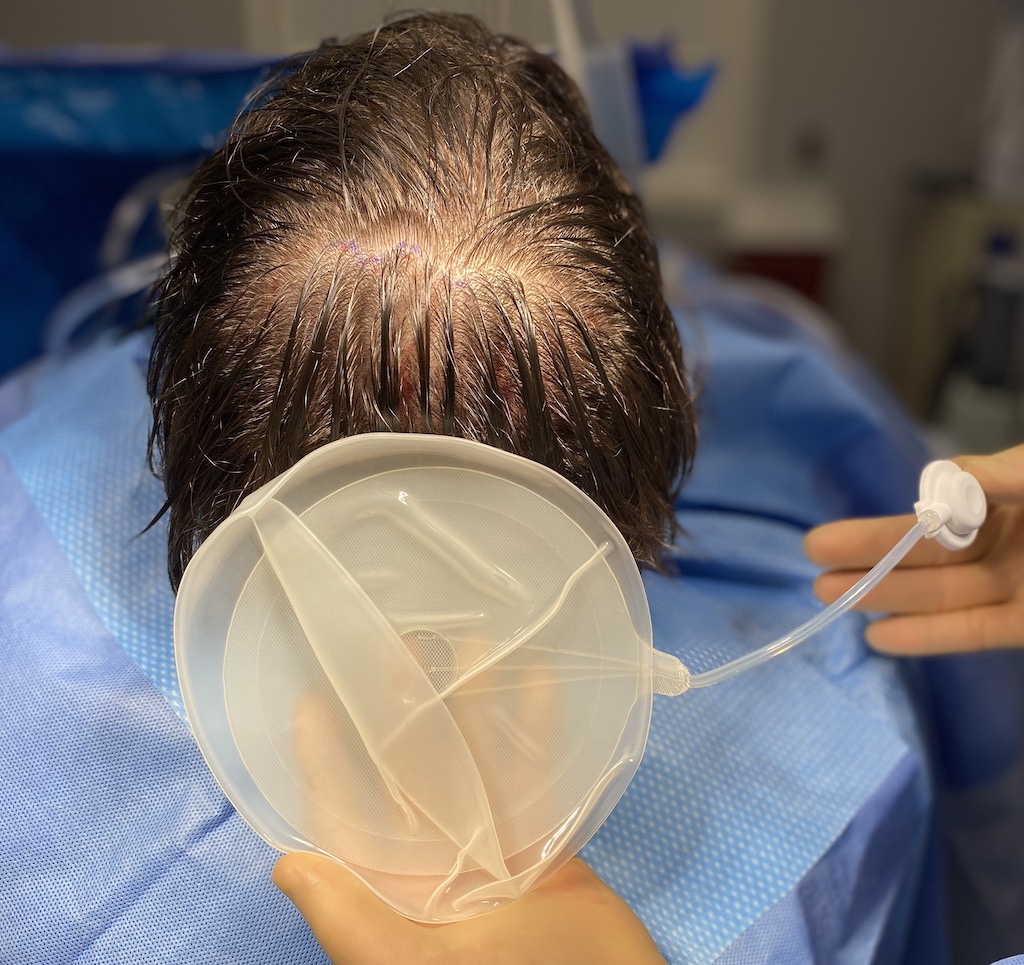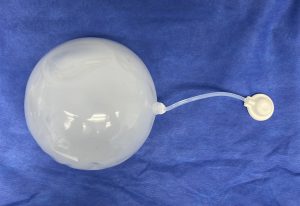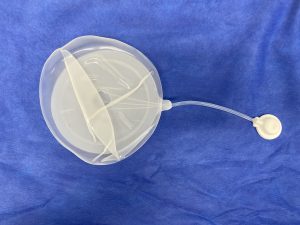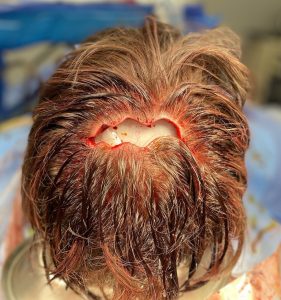Background: Dramatic head shape changes are achievable with the use of custom skull implants. Part of their success depends on the ability of the overlying scalp to accommodate the push of the underlying onlay implant volume. Since the bone and the implant are stable structures it is up to the scalp to change its shape from the force exerted by the interpositional placement of the implant.While every scalp has the ability to stretch when released from the bone to an extent there are limits to its elasticity.The scalp is not the same thickness nor has the same capability of stretch in everyone. There is a great variability in these scalp features which is highly influenced by skin pigment. The more skin pigment one has the thicker the scalp is. The thicker the scalp is the more elastic (stretchy) it is.
I have learned that a good guideline when determining whether a custom skull implant will fit (the scalp can stretch to allow it to be safely placed under it) is the 150cc implant volume. This guideline can be modified based on the patient’s skin pigment. In darker skin pigments one may allow up to 170 to 180ccs of skull implant volume. In very light skin pigments the implant volume may have to be less at 120cc to 130ccs volume. Such volumes are calculated with every skull implant design as one would never want to find out in surgery the skull implant does not fit.
But there are skull implant designs where it is known that the scalp coverage will be too tight as the volumes get higher. (greater than 175ccs) In these implant designs patients have the option to accept less of a design than they ideally want to or take a two stage approach to their skull augmentation. The limits of anyone’s scalp stretch can be overcome by the use of a scalp expander.
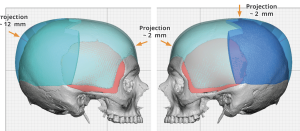

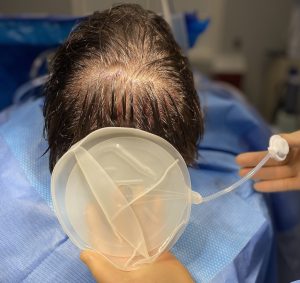

Tissue expansion for skull implants is different from its use in scalp reconstruction on several ways. First the scalp expansion only needs to be as much as the implant volume. While the tissue expander in this case could be inflated to 850ccs, it only needs to inflated to 220ccs. This usually makes it not visible during the expansion period. The expansion period is usually 8 weeks before the date of the skull implant placement. Second having the expander placed away from the scalp incision is not usually possible and it often lies right beneath it. Since the expansion is low and the inflation period limited this will not cause incision healing problems. The same incision for expander placement will be used for implant placement as avoiding two separate scalp incision sites is desirable.
Case Highlights:
1) Large custom skull implants must have adequate scalp stretch to accommodate their onlay bone volume.
2) If the skull implant volume is judged to be beyond what the scalp stretch may permit a first stage scalp expansion is needed.
3) Scalp expansion in custom skull implants has a different objective than that of scalp expansion in reconstructive surgery.
Dr. Barry Eppley
World-Renowned Plastic Surgeon

